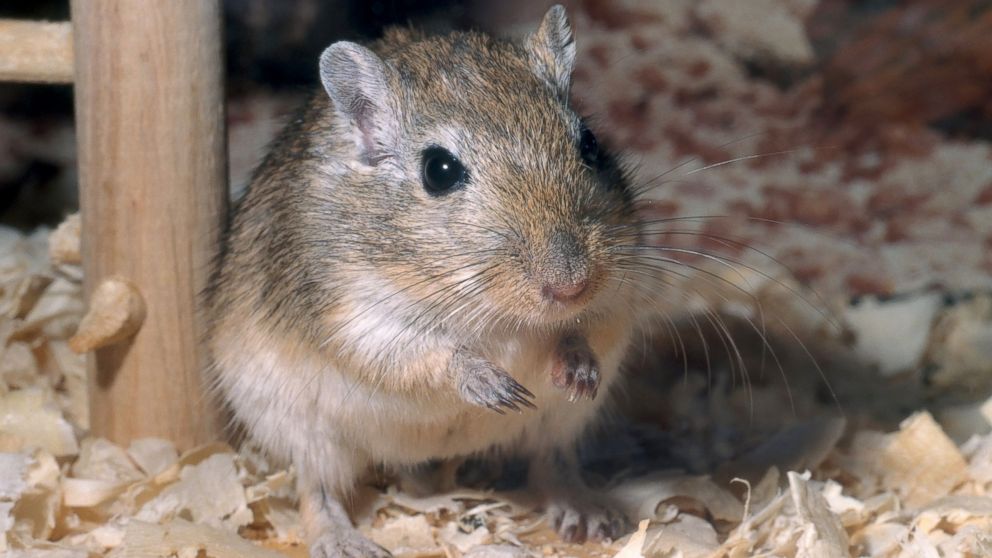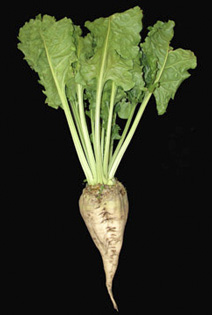Emily Nagoski
Come As You Are: The Surprising New Science that will Transform your Sex Life
Simon & Schuster, 2015
If you take away only one message from this book it should be that YOU’RE NORMAL! Whatever the size and shape of your genitals and whatever your sexuality and sexual response, that’s fine. YOU’RE NORMAL!
Emily Nagoski is Director of Wellness Education and Lecturer at Smith College in Massachusetts, where she teaches Women’s Sexuality. So naturally this is a book about female sexuality. It has little to say directly about male sexuality — because the standard narrative of male sexuality is pretty well understood — although that doesn’t mean you guys won’t get quite a lot from it as it seems to me that many of the underlying principles discussed are still important to us.
In describing this book I can’t do a lot better than to quote the blurb from Amazon UK:
An essential exploration of women’s sexuality that will radically transform your sex life into one filled with confidence and joy. After all the books that have been written about sex, all the blogs and TV shows and radio Q&As, how can it be that we all still have so many questions? The frustrating reality is that we’ve been lied: to not deliberately, it’s no one’s fault, but still. We were told the wrong story. Come As You Are reveals the true story behind female sexuality, uncovering the little-known science of what makes us tick and, more importantly, how and why. Sex educator Dr Emily Nagoski debunks the common sexual myths that are making women (and some men!) feel inadequate between the sheets. For example, she shows: There is no such thing as a sex drive. Current research shows that sexuality comprises sexual brakes and sexual accelerators, which are largely determined by context. Not everybody experiences spontaneous desire. Some of us experience only reactive desire, some of us only spontaneous desire, and some of us both and that’s normal. Genital response does not always mirror mental arousal in fact, for women the overlap is just 10%. Underlying almost all of the questions we still have about sex is the common worry: Am I normal? This book answers with a resounding yes! We are all different, but we are all normal and once we learn this, we can create for ourselves better sex and more profound pleasure than we ever thought possible.
Well, yes, but a lot of that, at least in my view, is also true for men — although the balances and sensitivities are (often very) different. Which is why I say I think many guys will get something from this book, both in terms of understanding a female partner’s sexuality but also for a deeper understanding of their own. Oh and guys: YOU’RE NORMAL too.
The book is a chunky nine chapters, a couple of appendices and almost 400 pages. Nagoski’s style is chatty, friendly and easy to read, although to this Brit that style is at times irritatingly, and over-enthusiastically, American. Being a scientist and sex nerd (her description!) the book is copiously annotated and referenced, with 40 pages of notes and references — yes the content is based firmly in current scientific understanding; it is not just the author making up a theory on the fly with no supporting evidence.
I’ve been reading Emily Nagoski’s weblog, The Dirty Normal, for several years so I’ve seen most of the ideas in this book before — and indeed over the years she has honed those ideas on her blog audience. But to have all of the ideas put together, with more backup information and explanation, rather than in 1000 word “blog bites”, is still highly valuable. However what this did mean is that I didn’t get any “Wow!” moments of sudden realisation. But that doesn’t mean you won’t! Indeed I suspect most people will get some sudden insight.
So in summary … go get a copy of this book and read it. Girls, even if it doesn’t massively change your sex life you will at least have a much better understanding of how you work. And guys, you should read it too, you’re likely to get some insights into both yourself and your partner.
And remember: YOU’RE NORMAL! Just everyone varies.
Overall Rating: ★★★★☆



 Haemoglobin is best known as red blood cells’ superstar protein — carrying oxygen and other gases on the erythrocytes as they zip throughout the bodies of nearly all vertebrates. Less well known is its presence in vegetables, including the sugar beet … In fact, many land plants — from barley to tomatoes — contain the protein … Scientists first discovered them in the bright-red nodules of soybean roots in 1939 but have yet to determine the proteins’ role in plants in most cases … Plant haemoglobins might … serve as a blood substitute for humans someday … Or they could be exploited to trick our senses … as an ingredient in veggie burgers to make them taste more like bloody steaks.
Haemoglobin is best known as red blood cells’ superstar protein — carrying oxygen and other gases on the erythrocytes as they zip throughout the bodies of nearly all vertebrates. Less well known is its presence in vegetables, including the sugar beet … In fact, many land plants — from barley to tomatoes — contain the protein … Scientists first discovered them in the bright-red nodules of soybean roots in 1939 but have yet to determine the proteins’ role in plants in most cases … Plant haemoglobins might … serve as a blood substitute for humans someday … Or they could be exploited to trick our senses … as an ingredient in veggie burgers to make them taste more like bloody steaks.
